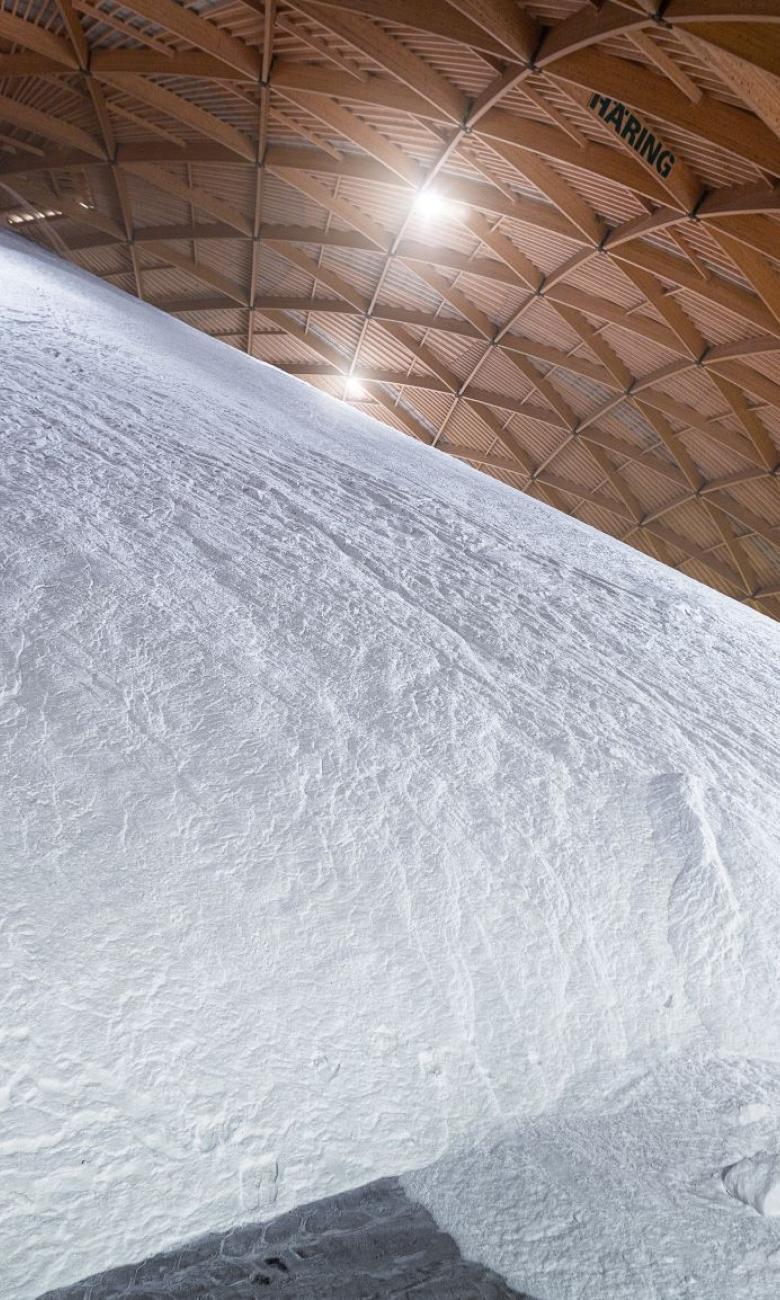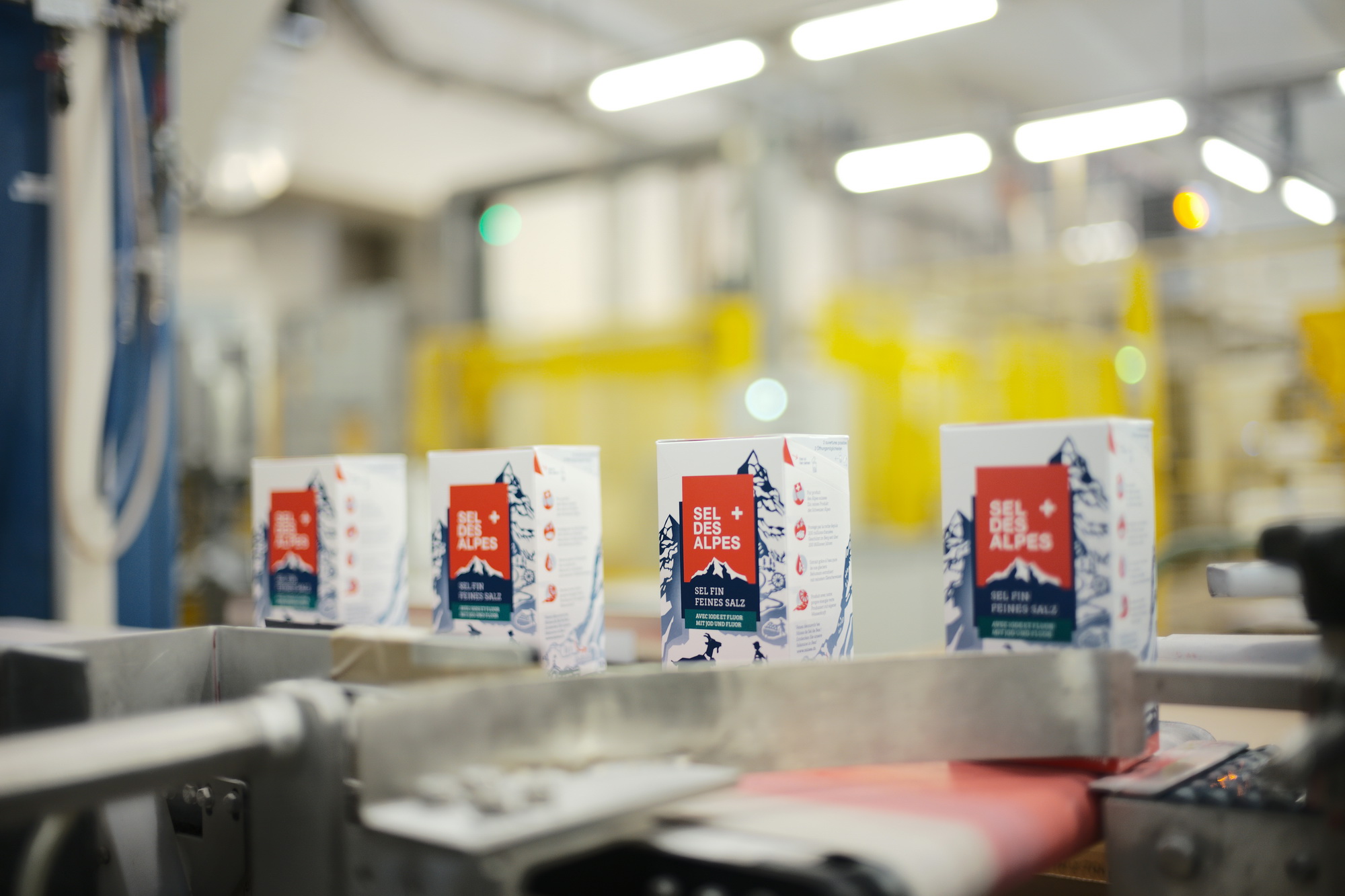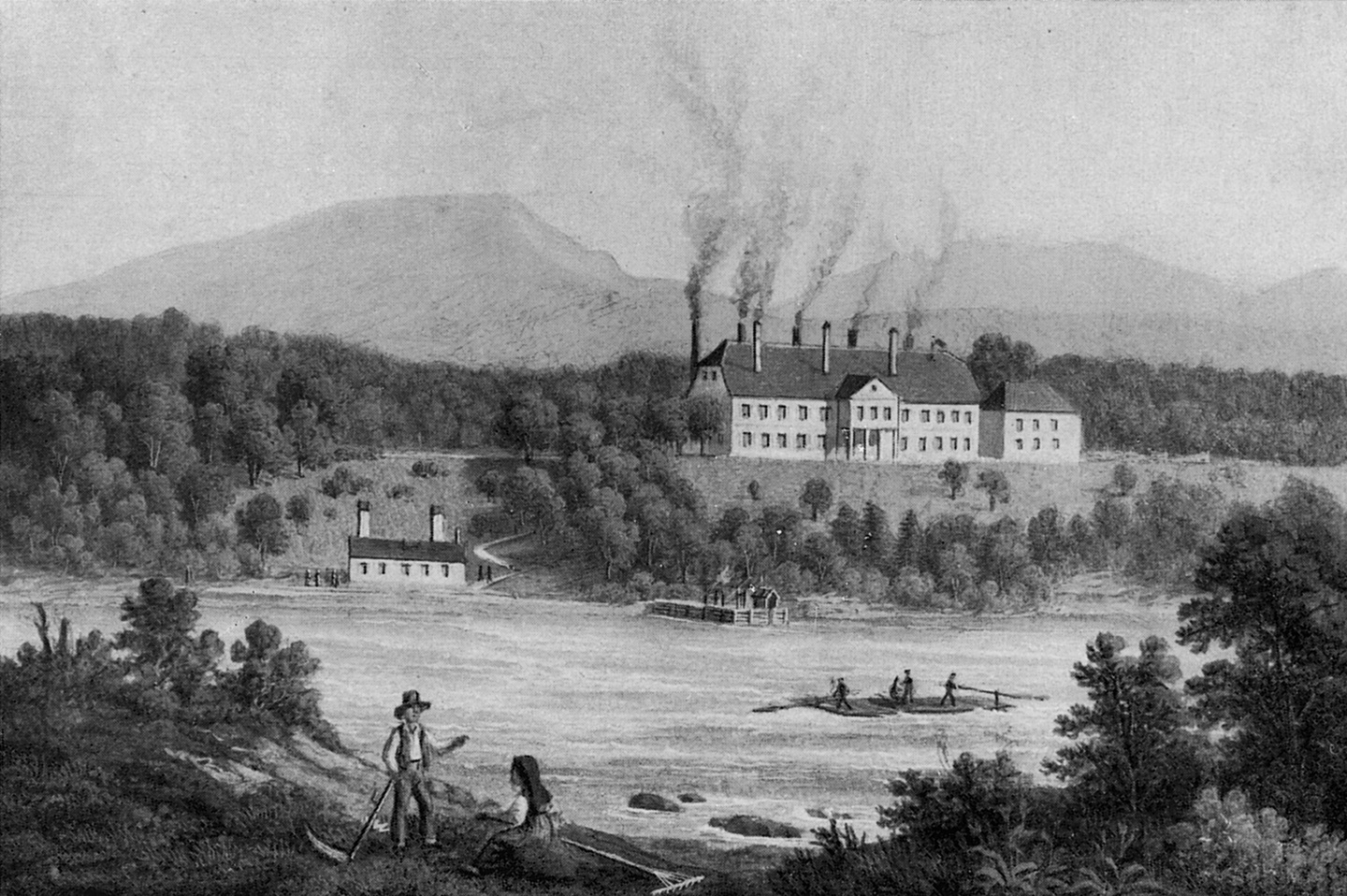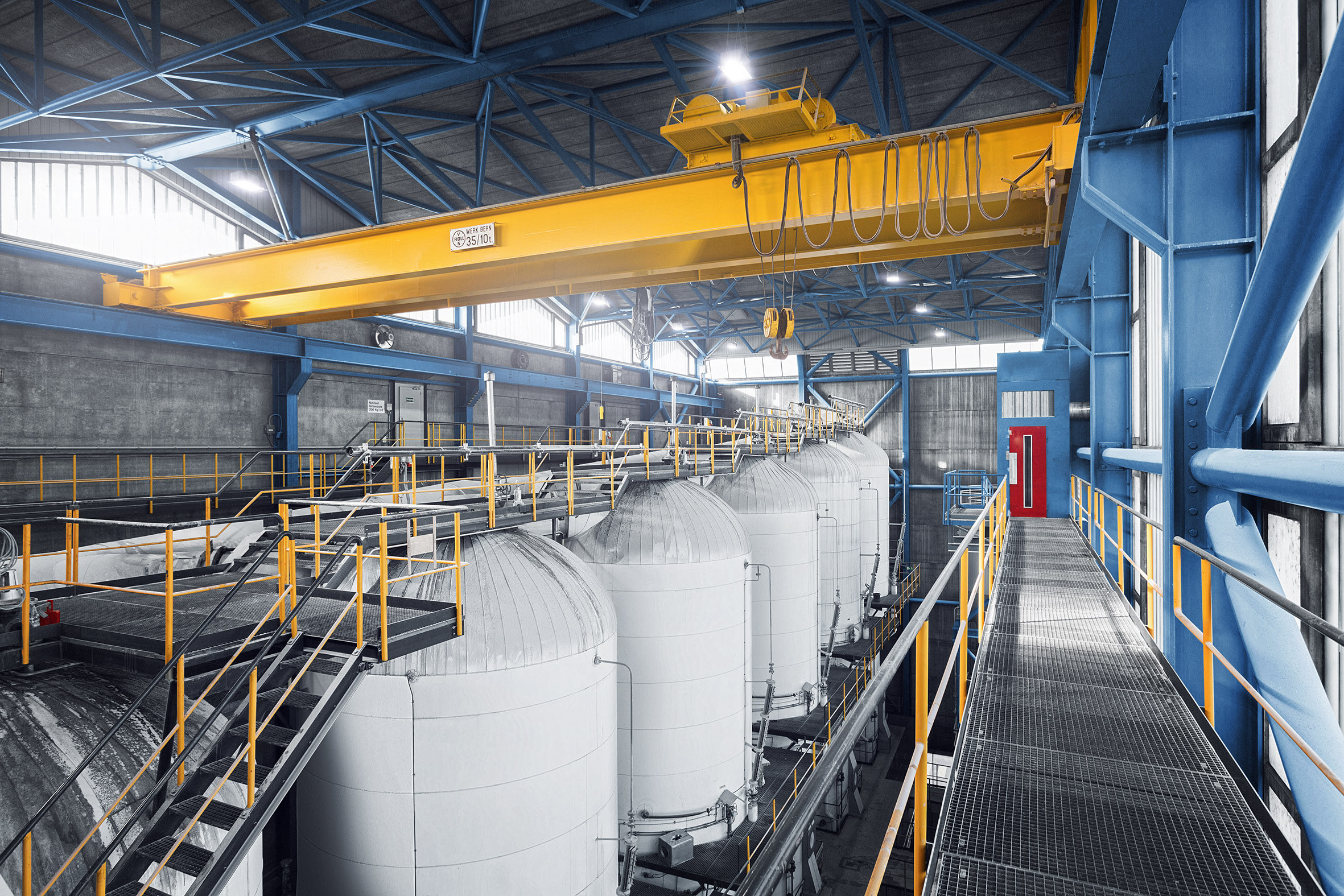Salt – the raw material from the Swiss Alps
Switzerland is famous for its mountains. Its mountain salt mines are less well known. The history of Swiss Saltworks goes back over 450 years. Salt mining played a major role in Switzerland's development and laid the foundation for today's global chemical and pharmaceutical companies and the country's wellness tourism industry. Salt embodies typical Swiss characteristics such as innovation, tradition, reliability and quality. Read on for a brief history of Switzerland's white gold.
Salt was already known as an immensely valuable product centuries ago, when it was used to season and especially to preserve food. There was a brisk trade in this valuable commodity. Salt was so valuable that it was even used as a means of payment. In fact, the English word 'salary' and its cognates in other European languages encapsulate this history. During the days of the Roman Empire, legionnaires received part of their rations in salt. This payment was called a salarium (salt money), from the Latin word sal. It was only after salt was mined on an industrial scale that it became a less expensive commodity and table salt became an increasingly common food staple.


The popular table salt 'Sel des Alpes', produced in the Bex saltworks, is a product of the Swiss Alps. Protected in the mountains for over 200 million years, the salt is extracted with glacier water and the resulting brine is subjected to an evaporation process to crystallise pure salt.
The origins of Swiss Saltworks
The first salt deposit in what is now Switzerland was discovered in the region around Bex in the canton of Vaud. Legend has it that in 1554, a local goatherd was led by his flock to a salt spring which would become the first industrial salt mine in Switzerland. In 1836 salt deposits were also discovered in the lower Rhine region, where the Schweizerhalle saltworks were founded a year later. The name is derived from hals, the Greek word for salt. As Schweizerhalle steadily expanded production, several other saltworks were founded in the region.

This resulted in fierce competition. In 1874, the saltworks of Riburg, Rheinfelden and Kaiseraugst in the canton of Aargau joined forces to compete against Schweizerhalle. They merged 35 years later, in 1909, to found Swiss Saltworks on the Rhine (Schweizerische Rheinsalinen), with Schweizerhalle as the new company's headquarters.
In 2014, Swiss Rheinsalinen AG and Saline de Bex SA merged. Swiss Saltworks is wholly owned by the 26 Swiss cantons and the Principality of Liechtenstein.
Self-sufficiency in salt production
Swiss Saltworks is the only salt producer in the country. The cantons have exclusive jurisdiction over salt production. It is their joint responsibility to ensure that a sufficient and reliable supply of salt is available at a stable and uniform price throughout Switzerland. Having its own means of salt production, Switzerland has never needed to rely on supplies from abroad.
How is salt extracted?
As the primeval ocean evaporated 200 million years ago, layers of salt up to 100 metres thick were formed in north-western Switzerland, the Jura and the Central Plateau, which are now buried under rock layers built up over millennia. Nowadays, Switzerland's rock salt is extracted by means of evaporating or leaching methods. Salt is extracted by drilling holes to depths of 140 to 400 metres and pumping drinking water into them. The resulting salt solution, or brine, is pumped to the surface and heated. Pure, fine salt crystallizes out of the brine solution as the water evaporates. The first energy-saving evaporator plant was put into operation at the Schweizerhalle saltworks in 1941.

Precious natural resource
Salt extraction has played a key role in Switzerland's economic development. It laid the foundation for the chemical and pharmaceutical industries in the region around Basel, as salt is used in a wide range of high-purity chemical solutions and medicines. Some 4% of Switzerland's annual salt production is used to make pharmaceutical salt. Today salt is also used in the production of various industrial products such as glass, aluminium and synthetic materials. The discovery of salt deposits in Switzerland also led to the development of brine baths and, beginning in the 17th century, drew wellness tourists from all over Switzerland and abroad to alpine spas.
Today, there is a growing demand for de-icing salt, which accounts for half of salt sales. It is used to keep roads, pavements and footpaths ice-free in winter. Swiss Saltworks' storage capacity has been greatly increased since the turn of the 21st century. The decision to scale up storage capacity was largely prompted by the heaviest snowfalls of the century in the winter of 1999, which within a few weeks had left warehouses empty of de-icing salt for the first time since the saltworks' were founded. Swiss Saltworks now has a storage capacity of around 255,000 tonnes and a loading capacity of 7,000 tonnes of salt per day. Switzerland has sufficient salt reserves for several centuries.





